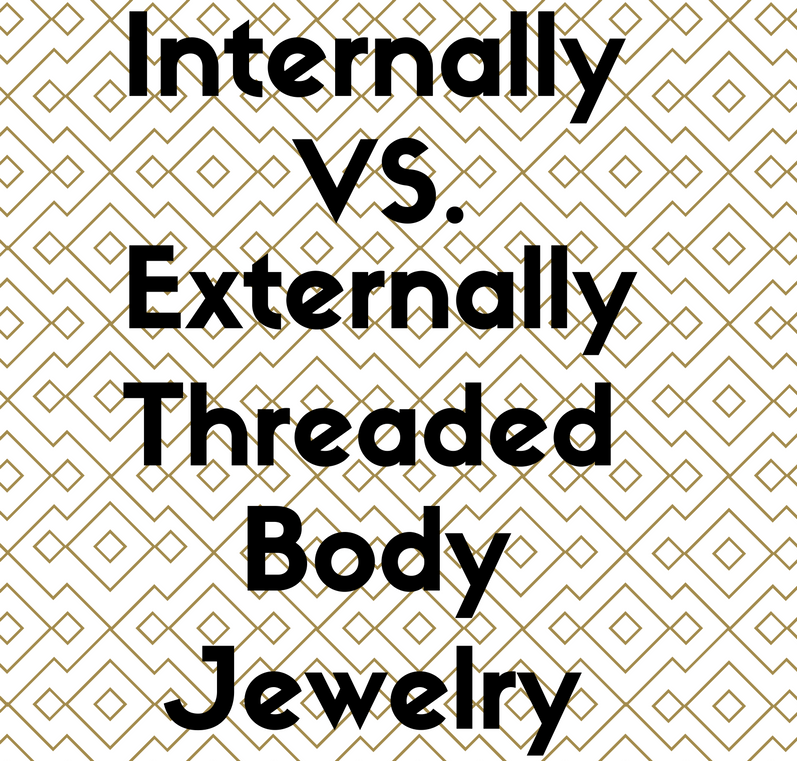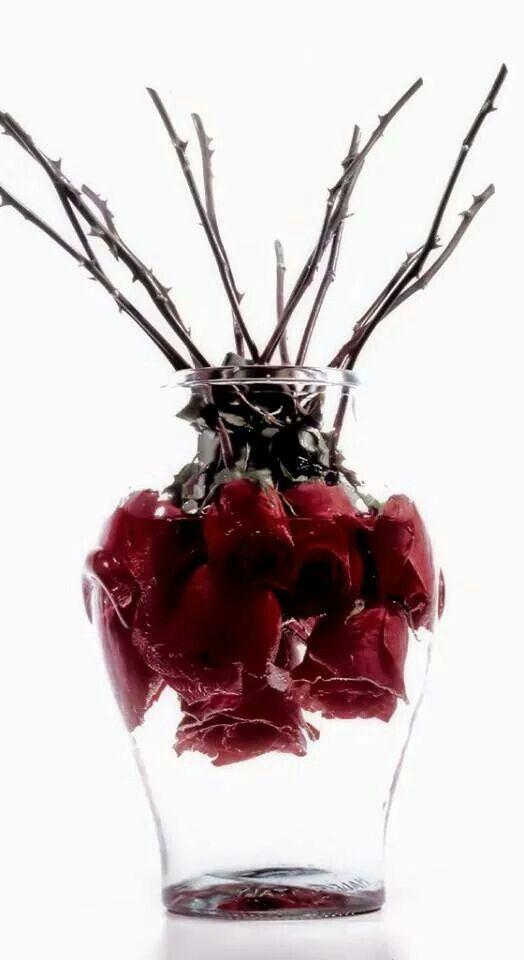
Location: in the flat part of the ear, sometimes called the outer shell, between the ridges of the helix and antihelix
Jewelry: initially, a straight barbell from 16 gauge (1.2mm) to 12 gauge (2mm) is usually used in lengths typically ranging from 5/16" (8mm) to 3/8" (10mm); jewelry types used can also include labret studs with flat or ball backings
Healing: total healing time is anywhere from 3-9 months; can take longer; usually 6 months on average
Aftercare: about twice a day, wash with warm water and antibacterial soap; sea salt solutions and sprays can aid with the process and both are recommended for use in an aftercare routine
The anatomy of each person's ear will vary, so other types of cartilage piercings may be more efficient for you and you ear to check out if the flat piercing isn't for you. The thickness of your cartilage in this location also corresponds to the type and size of the initial body jewelry that your piercer will use when performing your outer conch piercing.
Also, since this piercing has many different names to refer to it as, be sure you know your lingo: this piercing location can be referred to as the outer conch, scapha, upper sadhu, or ear flat (which is a term locally used here in Buffalo, NY!).
Thinking about getting your cartilage pierced now? Watch as Holly gets three done for an awesome ear project at American Skin Art by piercing professional, James, right here in our hometown of Buffalo, NY.
Additionally, piercings in the cartilage of the ear, which lacks an adequate blood supply, makes it more difficult to heal than locations that receive better circulation such as the lobe.
If a larger gauge than typically used initially is desired for the conch piercing, many piercers will choose to go with a dermal punch rather than the usual hollow needle technique. Larger gauge size piercings in this area should be considered permanent.
General Aftercare Tips for Ear Piercings:
- Avoid smoking, using public telephones, and sleeping directly on your new piercing.
- ALWAYS make sure you wash your hands before touching your piercing/its jewelry.
- Resist the urge to change your initial jewelry prematurely - it's worth the wait to do it correctly.



Welcome to the Body Piercing Encyclopedia!
This post is included in the Ear Piercing category of our encyclopedia and is joined by many other blog posts about the other piercings available as options in the ear and surrounding areas.
- Standard Ear Lobe Piercing
- Upper Ear Lobe Piercing
- Standard Helix Cartilage Piercing
- Forward Helix Cartilage Piercing
- Rook Cartilage Piercing
- Conch (Inner) Cartilage Piercing
- Flat (Scapha/Outer Conch) Cartilage Piercing
- Daith Cartilage Piercing
- Snug (Anti-Helix) Cartilage Piercing
- Industrial Barbell Cartilage Piercing
- Tragus Cartilage Piercing
- Anti-Tragus Cartilage Piercing
- Surface Tragus Piercing
DISCLAIMER: the styles and locations displayed in the reference image to the left won't match perfectly with your ear's shape because each and every person has an anatomy that is uniquely individual and some of the piercings featured in our encyclopedia may not be possible for you to get. To find out what piercings are available for you and your specific anatomy, the best option is to visit your local professional piercer and ask for their expertise in determining what piercings are possible for you and your ear!






